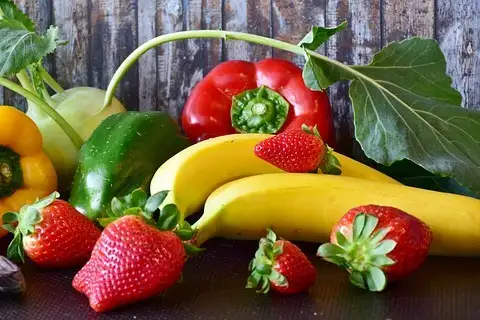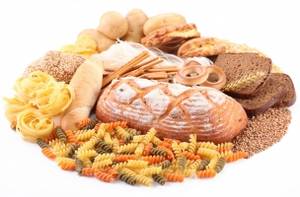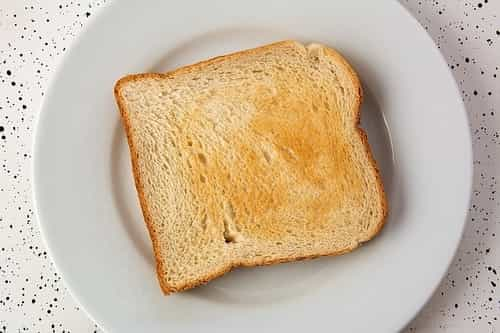Laden with essential vitamins, minerals, and dietary fiber, they support the burgeoning needs of a young body and mind. Fruits enchant children’s palates with their natural sweetness while providing them with a plethora of antioxidants to fight off disease. Veilles, with their vibrant colors and textures, lay the foundation for a robust immune system and healthy digestive tract.
Hydration, through the simple yet vital act of drinking water, is critical in maintaining cellular health and assisting in cognitive functions. Water helps children stay mentally alert, more focused, and energized to explore their world. It regulates body temperature, facilitates waste elimination, and helps absorb essential nutrients.
Daily Dose of Fruits and Vegetables for a Child
Many people know that you should eat at least 14 ounces (400 grams) of fruits and vegetables a day, excluding potatoes. This recommendation is most often given by doctors to adults to provide the body with the necessary vitamins, minerals, and fiber. And how many fruits and vegetables should children eat?
Fruits and vegetables children, as a rule, are undernourished. How can you make sure that your child is eating enough of them?
A fairly popular and simple approach is the Harvard plate method, which can be used to properly distribute nutrients at each meal. About half of the plate will be carbohydrates, of which only a small portion will be fast carbohydrates (such as sweets). And most of it will be fiber, i.e. fruits, vegetables, berries.
Fruits and vegetables do not have to be fresh, they can be cooked, presented in soups, stews, steamed.
What Are the Best Fruits and Vegetables to Offer Children?
Introducing a variety of fruits and vegetables to children is crucial for a balanced diet and to help establish healthy eating habits. Here’s a list of some of the best options to consider:
- Apples
- Why? Apples are high in fiber and vitamin C. They are also easy to pack for snacks and can be an excellent way to keep children’s teeth clean between meals.
- Serving Tip: Slice them into thin pieces for smaller children to avoid choking hazards, and try serving them with a little bit of peanut butter for added protein.
- Bananas
- Why? These are a great source of potassium and are known for their quick energy-boosting properties.
- Serving Tip: Serve banana slices as a snack, or mash them into smoothies or oatmeal.
- Carrots
- Why? They are rich in beta-carotene, which is good for eyesight, and they have a sweet taste and satisfying crunch that appeal to kids.
- Serving Tip: Offer them as sticks with hummus or a low-fat dip, or shred them into salads or muffins.
- Cucumbers
- Why? Cucumbers are hydrating and contain important vitamins like K and C.
- Serving Tip: Slice cucumbers and serve with dips or include them in sandwiches for a fresh, crunchy element.
- Berries (Strawberries, Blueberries, Raspberries)
- Why? Berries are high in antioxidants and vitamin C. They’re also easy to eat and generally well-liked by children.
- Serving Tip: They’re great on their own, in yogurt, or as a fresh topping for waffles and pancakes.
- Sweet Potatoes
- Why? These are a good source of vitamin A, C, and dietary fibers. They can also be a naturally sweet treat for kids.
- Serving Tip: Serve them baked, mashed, or cut into fries as a healthier alternative to regular potatoes.
- Grapes
- Why? Grapes are rich in vitamins and antioxidants. Make sure to serve them in a child-friendly way.
- Serving Tip: Always cut them lengthwise to prevent choking and offer them as a juicy snack.
- Oranges/Clementines
- Why? These citrus fruits are not only high in vitamin C but also easy for kids to peel and segment on their own.
- Serving Tip: Perfect as a part of breakfast or as a lunchbox treat.
- Broccoli
- Why? Broccoli is a powerhouse of nutrients including fiber, vitamin C, and calcium.
- Serving Tip: Serve it steamed with a sprinkle of cheese or add it to pasta dishes.
- Spinach
- Why? Spinach is high in iron and folate. It’s a leafy green that’s good for children’s development.
- Serving Tip: Mix spinach into smoothies, pasta sauces, or omelets to easily incorporate it into meals.
- Peas
- Why? Peas are a good source of vitamins A, C, K, and some B vitamins. They’re also high in protein compared to other vegetables.
- Serving Tip: Add them to rice dishes, pasta, or just serve them as a side dish with a little butter.
- Bell Peppers
- Why? Available in various colors, they’re full of vitamins A and C and have a sweet taste that can appeal to kids.
- Serving Tip: Slice them into strips and serve with a dip, or add them into stir-fries or fajitas for a pop of color.
Feeding children a variety of fruits and vegetables not only ensures they receive essential nutrients for growth and development but can also help foster an appreciation for healthy foods. Be sure to introduce new items gradually and consistently, and don’t hesitate to get creative with how you serve them!
Encourage Your Children to Love the Taste of Pure Water
It’s also important to monitor how much water your child drinks.
It is scientifically proven that children drink too little. There are physiological norms for fluid intake. For a teenager, it can reach 2.1 quarts (2 liters) per day. A little more for a boy, less for a girl. It depends on physical activity. And teach them to drink early. Find a nice bottle, a nice cup.
The doctor emphasizes that it is necessary to accustom the child to quench thirst with ordinary water, not with juices or sweet sodas.
Of course, children will prefer sweet drinks. And they should be accustomed to the taste of clean water and love it from infancy.









